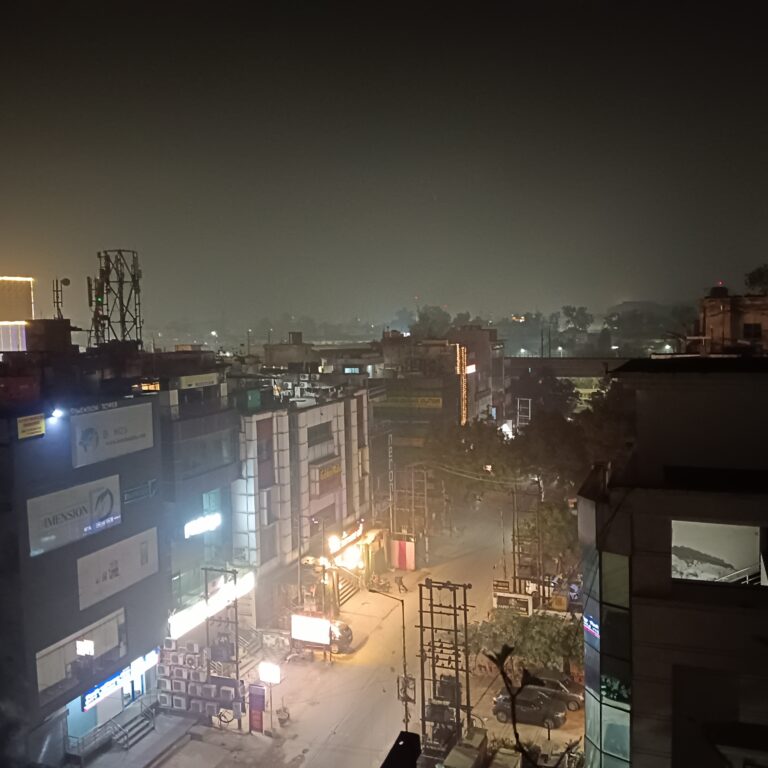
Aditya-L1
Mainpuri/Bengaluru: Union Minister of State for Atomic Energy and Space, Dr Jitendra Singh said today that India was ready with the first Sun Mission “Aditya-L1”, which the Indian Space Research Organisation (ISRO) is all set to launch, most likely on September 2, 2023. ISRO said the Mission would be launched at 11.50 a.m. on September 2.
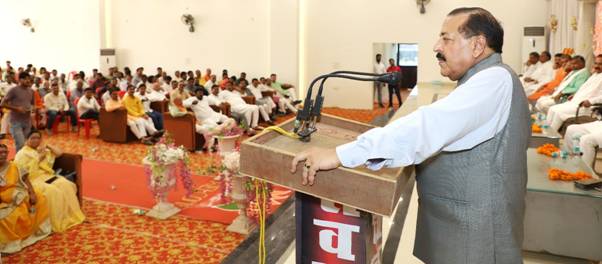
Addressing a public programme in Mainpuri, Dr Singh said, with the entire world celebrating India’s Chandrayaan mission, the popular interest in the Sun Mission has also increased manifold.
‘Aditya L1’ shall be the first space-based Indian mission to study the Sun. The spacecraft shall be placed in a halo orbit around the Lagrange point 1 (L1) of the Sun-Earth system, which is about 1.5 million km from the Earth. A satellite placed in the halo orbit around the L1 point has the major advantage of continuously viewing the Sun without any occultation/eclipses. This will provide a greater advantage in observing solar activities and their effect on space weather in real-time.
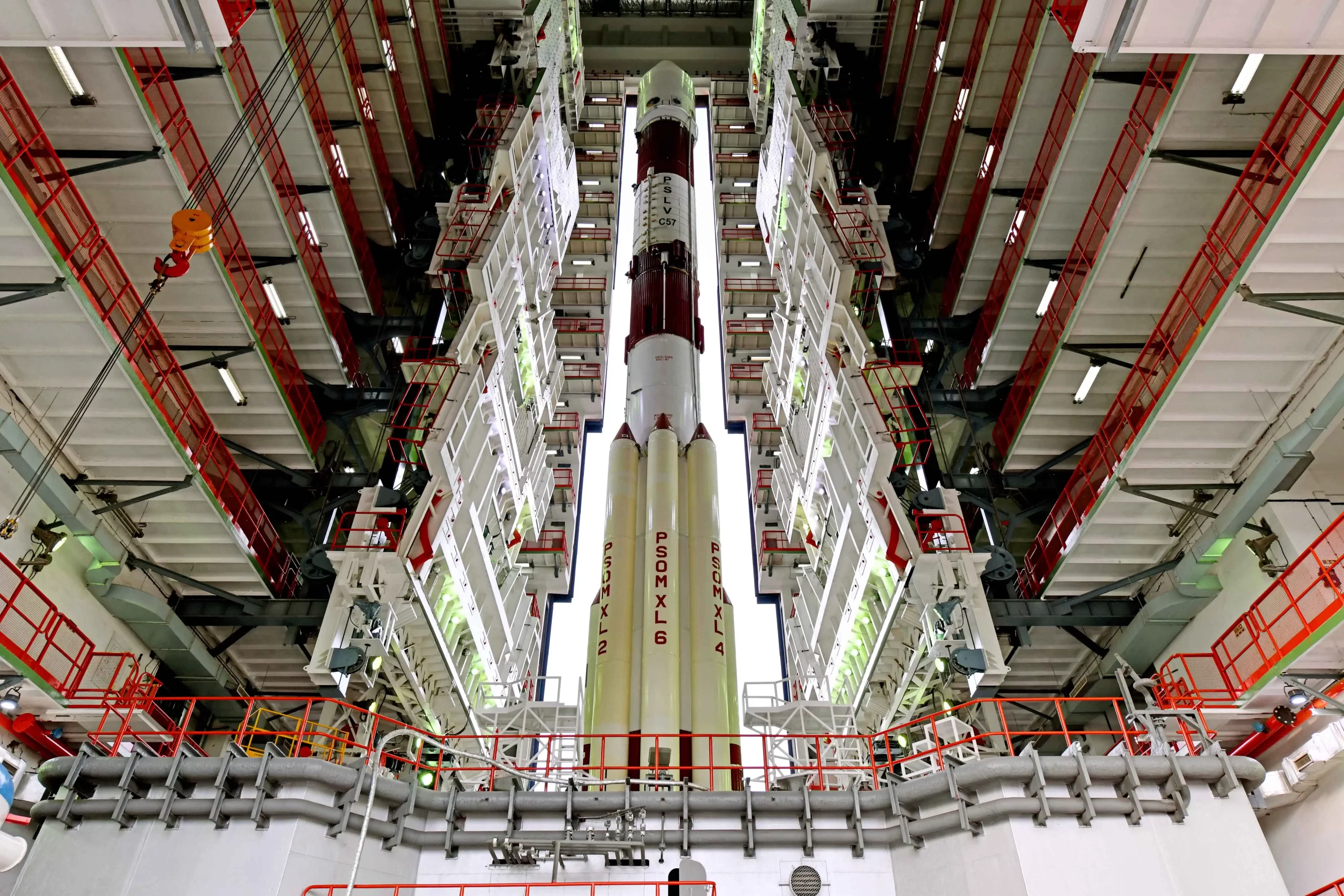
The spacecraft will carry seven payloads to observe the photosphere, chromosphere and the outermost layers of the Sun (the corona) using electromagnetic particle and magnetic field detectors. Using the special vantage point L1, four payloads will directly view the Sun and the remaining three payloads will carry out in-situ studies of particles and fields at the Lagrange point L1, thus providing important scientific studies of the propagatory effect of solar dynamics in the interplanetary medium
The suits of Aditya L1 payloads are expected to provide the most crucial information to understand the problem of coronal heating, coronal mass ejection, pre-flare and flare activities and their characteristics, dynamics of space weather, propagation of particles and fields among other things.
Science Objectives of India’s Solar Mission
The major science objectives of Aditya-L1’s mission are:
- Study of Solar upper atmospheric (chromosphere and corona) dynamics.
- Study of chromospheric and coronal heating, physics of the partially ionized plasma, initiation of the coronal mass ejections, and flares
- Observe the in-situ particle and plasma environment providing data for the study of particle dynamics from the Sun.
- Physics of solar corona and its heating mechanism.
- Diagnostics of the coronal and coronal loops plasma: Temperature, velocity and density.
- Development, dynamics and origin of CMEs.
- Identify the sequence of processes that occur at multiple layers (chromosphere, base and extended corona) which eventually leads to solar eruptive events.
- Magnetic field topology and magnetic field measurements in the solar corona.
- Drivers for space weather (origin, composition and dynamics of solar wind.
Chandrayaan-3 rover confirms the presence of Oxygen on the Moon
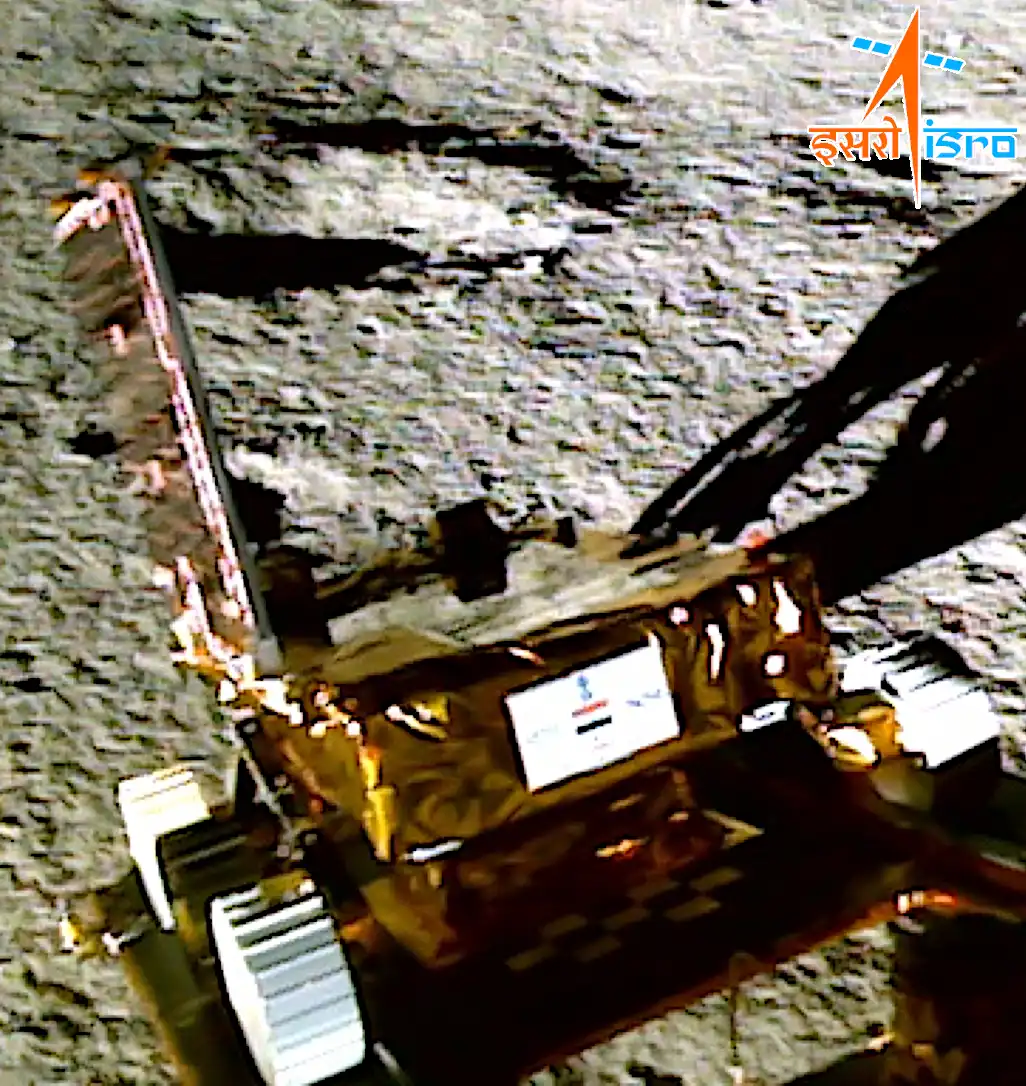
Meanwhile, on August 28, 2023, the Laser-Induced Breakdown Spectroscopy (LIBS) instrument onboard Chandrayaan-3 Rover also made the first-ever in-situ measurements on the elemental composition of the lunar surface near the south pole. These in-situ measurements confirmed the presence of Sulphur (S) in the region unambiguously, something that was not feasible by the instruments onboard the orbiters. It may be mentioned that the Chandrayaan-3 Rover ramped down from the Lander and India took a walk on the moon on August 24, 2023!
LIBS is a scientific technique that analyzes the composition of materials by exposing them to intense laser pulses. A high-energy laser pulse is focused onto the surface of a material, such as a rock or soil. The laser pulse generates an extremely hot and localized plasma. The collected plasma light is spectrally resolved and detected by detectors such as Charge Coupled Devices. Since each element emits a characteristic set of wavelengths of light when it’s in a plasma state, the elemental composition of the material is determined.
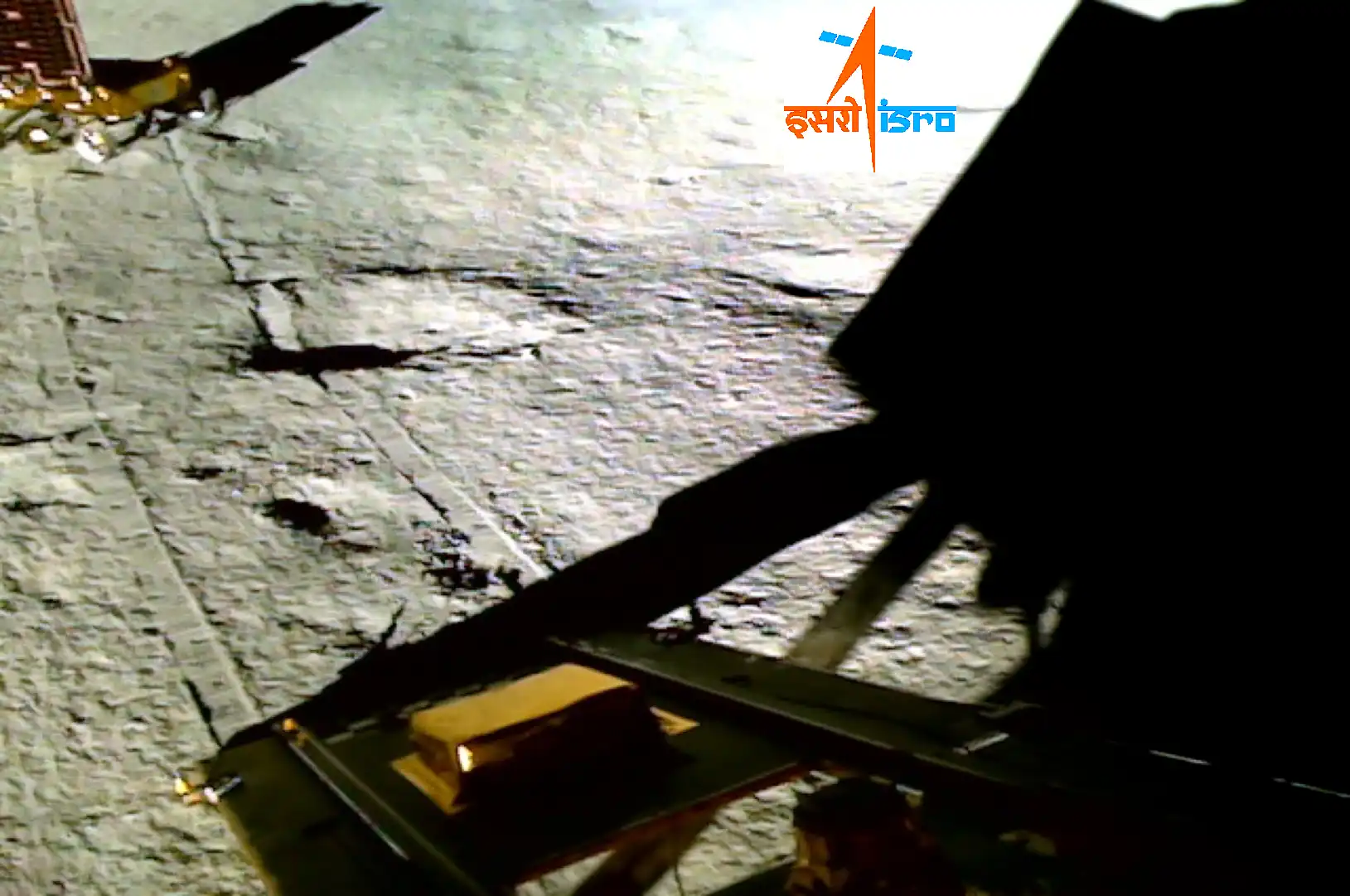
ISRO said preliminary analyses, graphically represented, have unveiled the presence of Aluminum (Al), Sulphur (S), Calcium (Ca), Iron (Fe), Chromium (Cr), and Titanium (Ti) on the lunar surface. Further measurements have revealed the presence of Manganese (Mn), Silicon (Si), and Oxygen (O). A thorough investigation regarding the presence of Hydrogen is underway, ISRO said.
LIBS payload is developed at the Laboratory for Electro-Optics Systems (LEOS)/ISRO, Bengaluru.
– global bihari bureau





